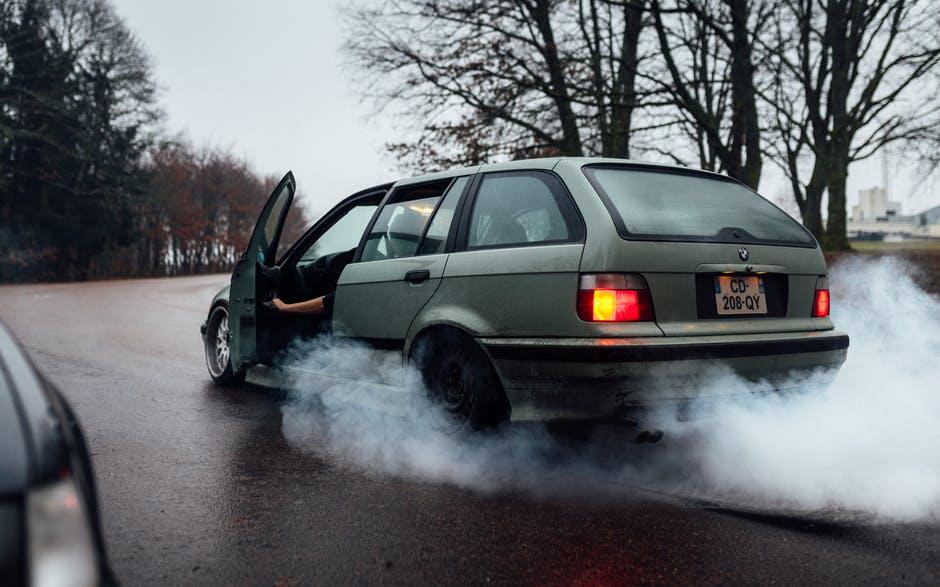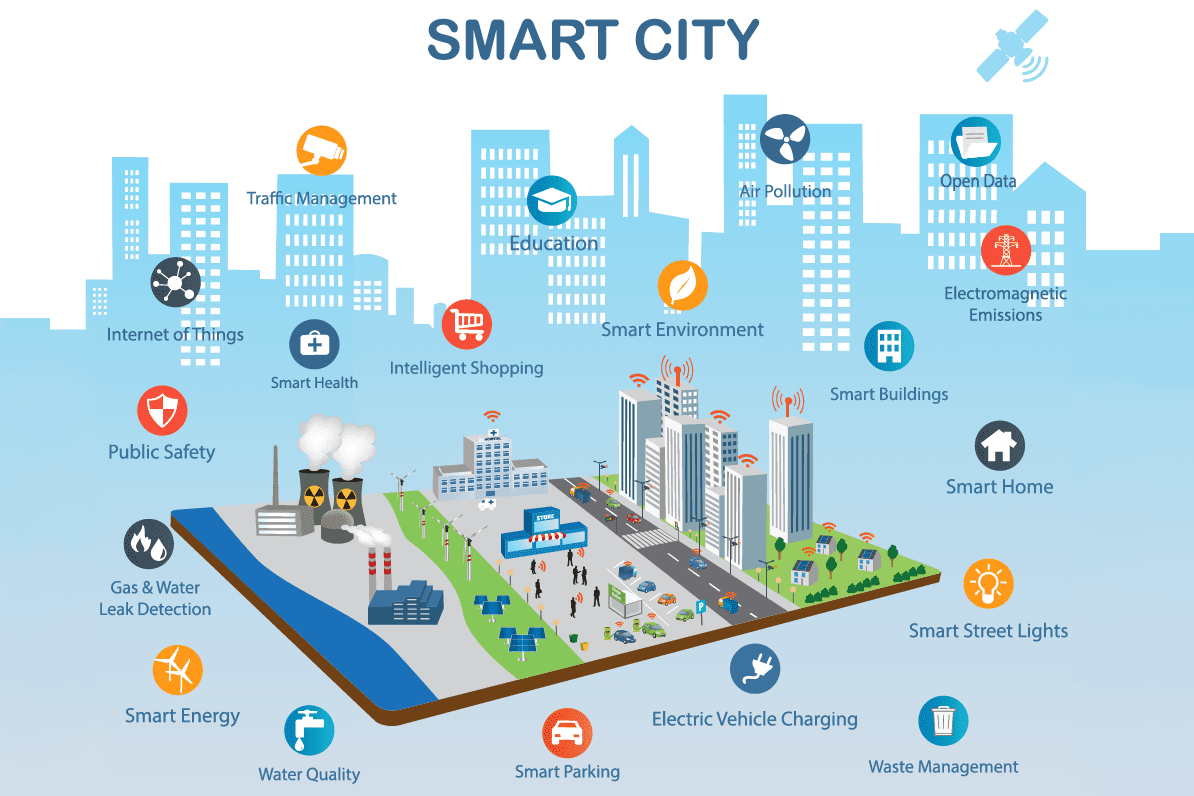
Bad car accidents can turn lives upside down in an instant. Understanding who is at fault is crucial for fair compensation.
Insurance companies play a significant role in assessing auto accident liability in bad car accidents. They scrutinize details meticulously to determine responsibility.
Knowing what insurers look for can help in navigating claims. This guide will explore the key factors they consider.
By the end, you’ll have a clearer picture of the claims process. Stay informed to protect your rights in these challenging situations. Read on!
Contents
- 1 The Role of Fault in Car Accidents
- 2 Types of Liability Systems
- 3 Investigating the Scene of the Accident
- 4 Examining Driver Behavior
- 5 Police Reports and Witness Statements
- 6 The Impact of Vehicle Damage
- 7 The Role of Medical Records
- 8 Contributory Negligence and Comparative Fault
- 9 Examining Insurance Coverage
- 10 The Role of Accident Reconstruction Experts
- 11 The Influence of Traffic Laws
- 12 How Claims Are Settled
- 13 Bad Car Accidents and Their Life-Altering Consequences
The Role of Fault in Car Accidents
Finding fault is one of the most important things to do after a car accident. Figure out who caused the accident, which is what “fault” means.
So they can figure out who is at fault, insurance companies look at things like police reports and letters from witnesses. Most of the time, more than one driver may be at fault, which changes how much each person is paid.
Types of Liability Systems
When it comes to car accidents, different areas have different ways of figuring out who is responsible. There are two main types of systems: “fault” and “no-fault.”
In a fault system, the driver who caused the accident pays for the damage. In a no-fault system, the costs are covered by both drivers’ insurance, so it doesn’t matter who was at fault. Insurance companies base their decisions on the region’s laws on who is responsible for what.
Investigating the Scene of the Accident
One of the first things insurance companies do is look into what happened at the scene of the accident. They look at things like the weather, traffic lights, and the state of the roads to figure out what’s going on.
To get a clear picture, insurers often use photos, surveillance footage, and sometimes even accident reconstruction experts. They can use this evidence to figure out which driver’s actions caused the accident.
Examining Driver Behavior
How the driver acts is a big part of figuring out who is responsible. Insurance companies check to see if the drivers are following the rules of the road and driving safely.
Common problems, like speeding, being distracted, or not signaling, can be big parts of figuring out who is at fault. Some insurance companies may also check to see if the driver was drunk or high at the time of the accident.
Police Reports and Witness Statements
In insurance investigations, police reports are very important. They usually have a summary of the accident, including what the police saw and any tickets that were given.
These reports are used by insurance companies as an unbiased account of what took place. Witness statements are also very helpful, especially if they back up one side’s story of what happened.
The Impact of Vehicle Damage
The amount and type of damage to a car can tell you a lot about how it got damaged. To figure out which car was hit and from what direction, insurance adjusters look at where the damage is and how bad it is. To give you an example, the driver behind you is usually responsible for a rear-end collision because they are supposed to keep a safe distance.
The Role of Medical Records
Medical records are very important when figuring out who is responsible for an accident, especially when there are serious injuries. Insurers look at the types of injuries and how bad they are to figure out what caused the accident and how bad it was. They might also look into any pre-existing conditions to see if the accident made the injuries worse, which could lower the amount of compensation.
Contributory Negligence and Comparative Fault
Sometimes, both drivers may be partly to blame for the accident. A lot of the time, insurance companies use the principles of comparative fault or contributory negligence.
If a driver is even slightly at fault, they might not be able to get compensation in a contributory negligence system. Comparative fault systems, on the other hand, let damages be split up based on how much fault each driver has.
Examining Insurance Coverage
The type of insurance you have is important for getting paid after an accident. Insurance companies look at both people’s policies to see what costs can be covered.
This includes help for medical bills, fixing cars, and other damages. It’s essential to know your car accident coverage limits so you understand what money you can get when something goes wrong. Policies like comprehensive or Fleet Insurance can offer additional protection in accidents involving multiple vehicles or businesses.
The Role of Accident Reconstruction Experts
In complicated accidents, insurance companies often hire accident reconstruction experts. These specialists examine things like skid marks and where the cars ended up to figure out what happened. They recreate the events leading up to the crash.
Their reports are important because they help insurance companies decide who is at fault more accurately, especially when many factors cause the accident. This way, everyone involved can get a fair assessment of the situation.
The Influence of Traffic Laws
Traffic laws are important because they help decide who is responsible for accidents. Insurance companies look at what drivers did compared to the laws to see if any rules were broken.
For example, if a driver runs a red light or doesn’t stop at a stop sign, they are likely to be found at fault. It’s really important to follow these laws to protect yourself in case of an accident.
How Claims Are Settled
After figuring out who is responsible, the next step is to negotiate a settlement. Insurance companies look at medical bills, property damage, and other costs. The insurance claim process can be simple or more complicated, depending on the case.
Insurers try to settle claims fairly but also want to keep their costs low to stay profitable. Understanding this process can help you navigate insurance claims better and get a fair outcome.
Bad Car Accidents and Their Life-Altering Consequences
Bad car accidents need thorough investigations into who is responsible. Finding fault is still very important in these situations.
Medical records, driver behavior, and damage to the vehicle are all carefully looked at by insurance companies. What they do is also influenced by the legal system and traffic laws.
To get fair compensation, victims need to understand these factors. After a bad car accident, you should always get professional help figuring out how to file a claim.
Did you like this guide? Great! Please browse our website for more!






